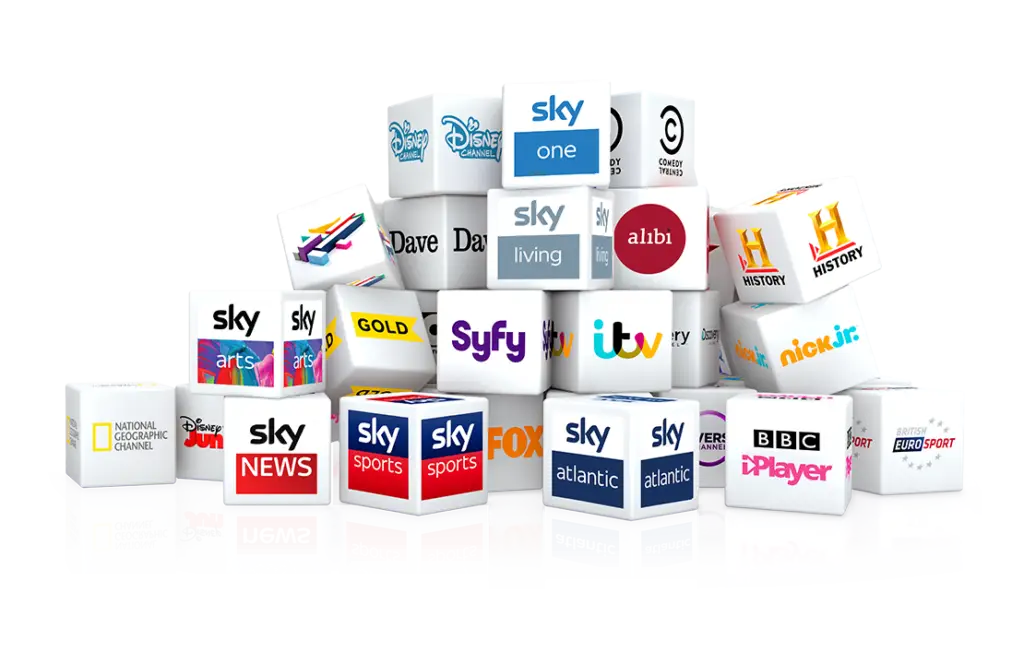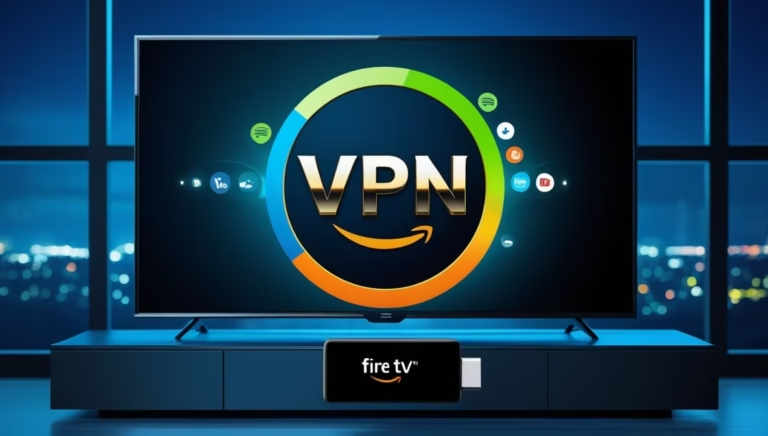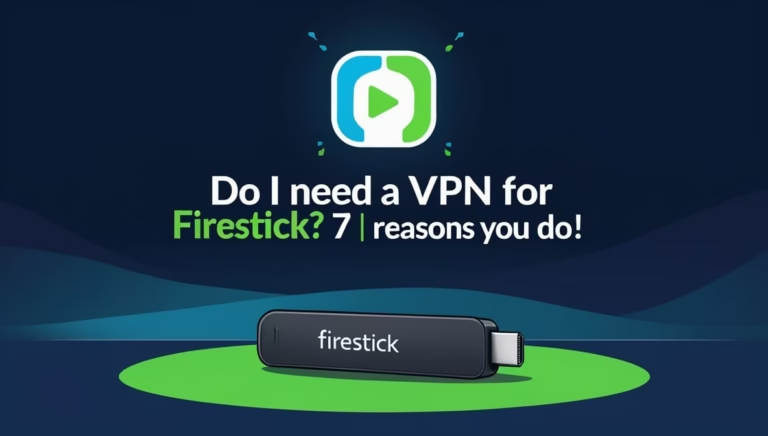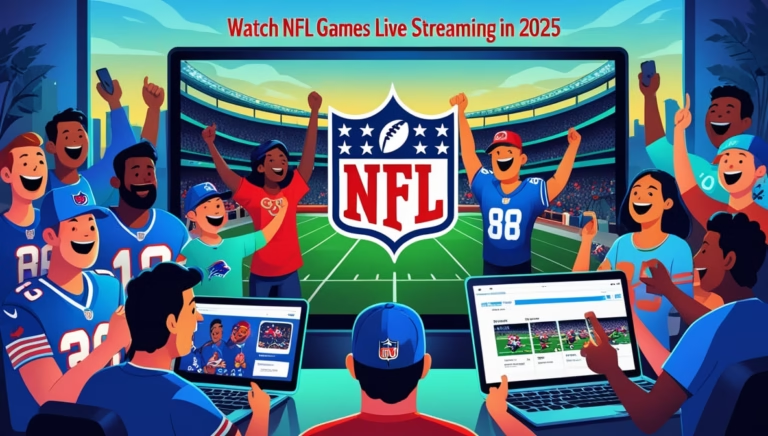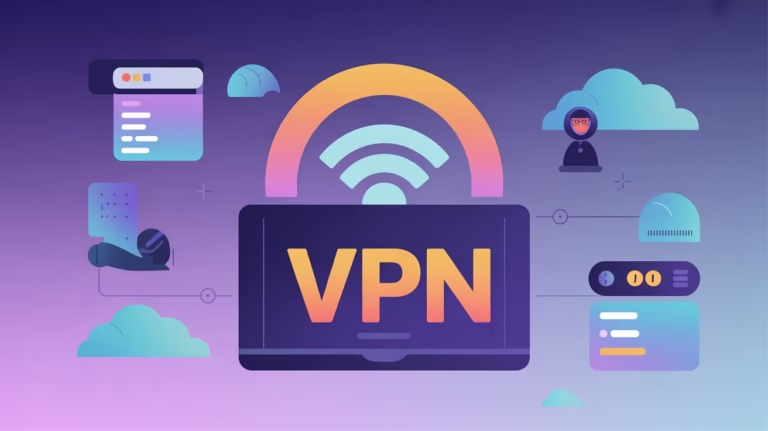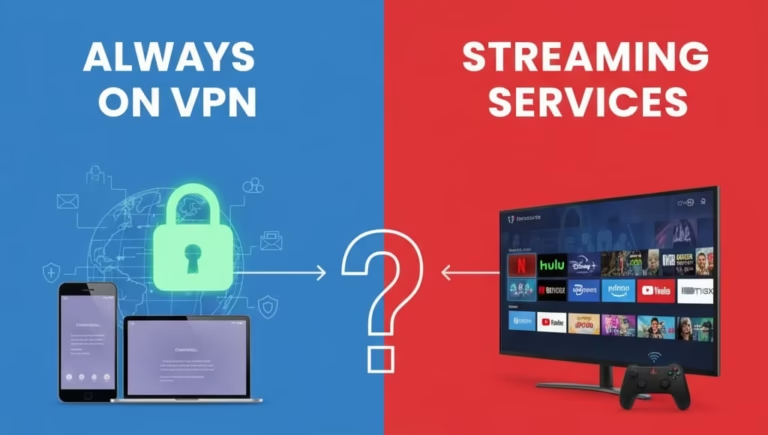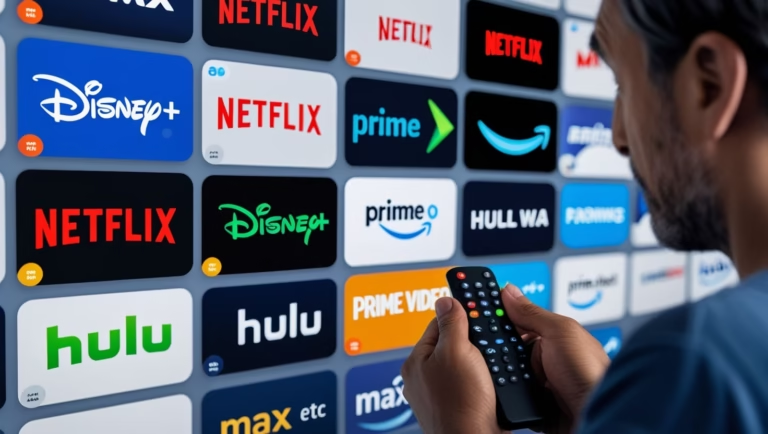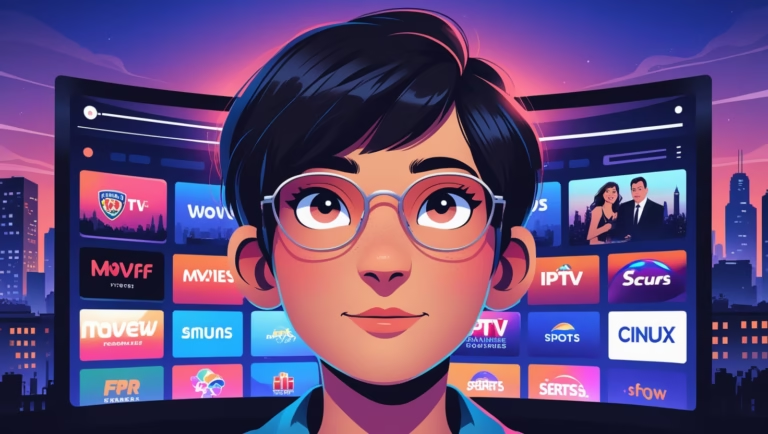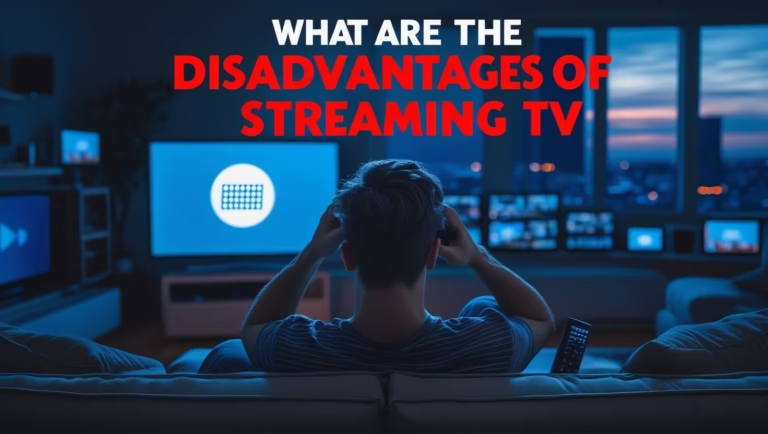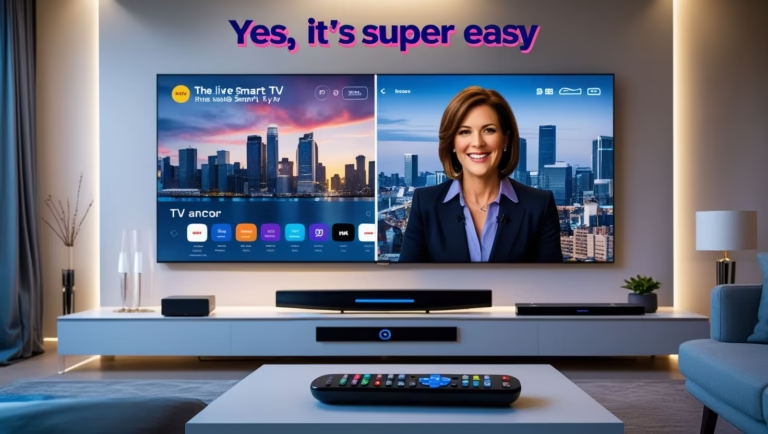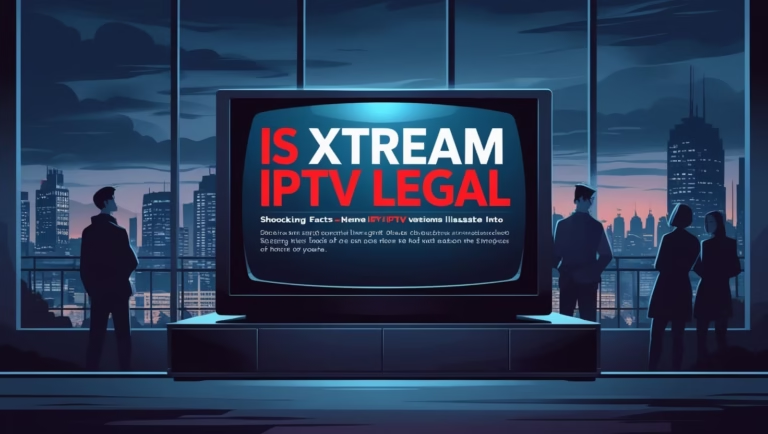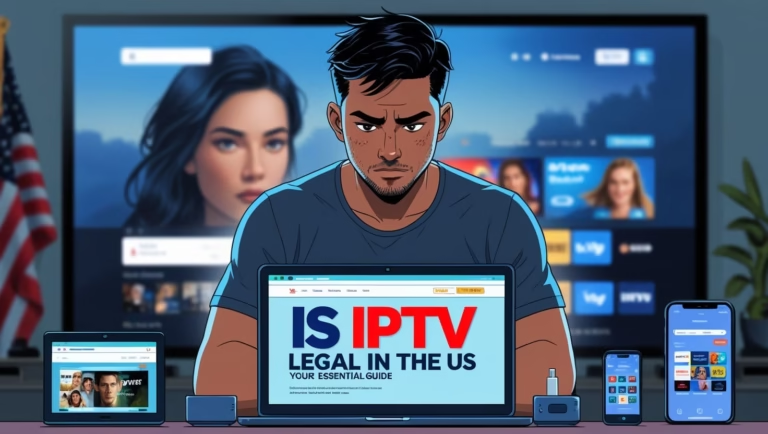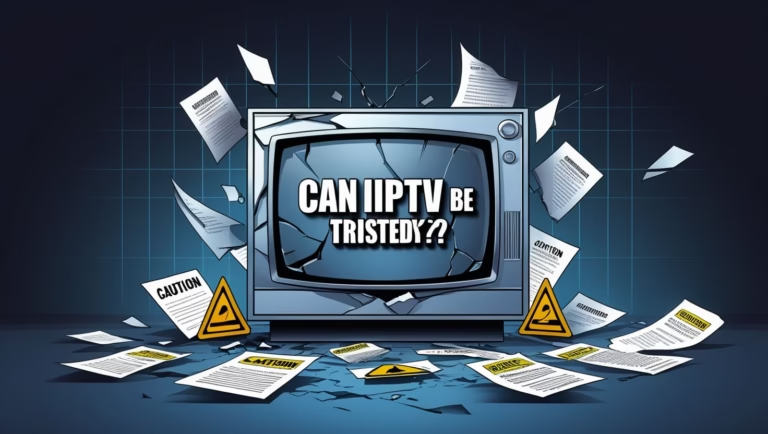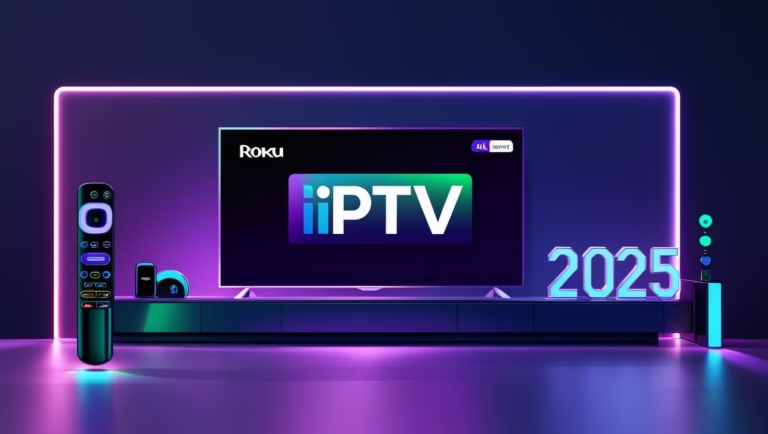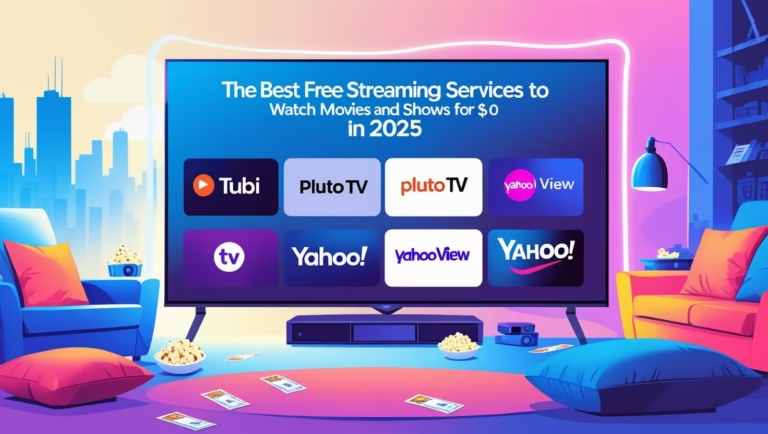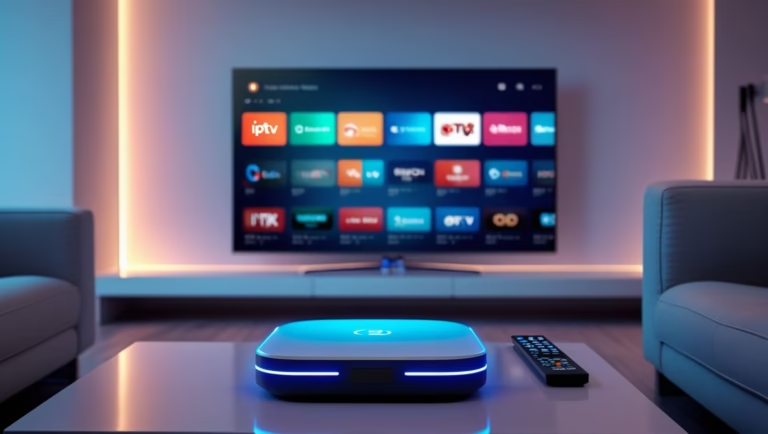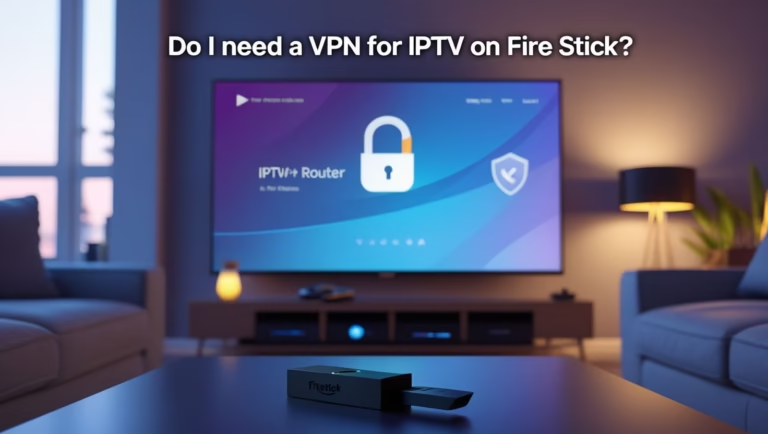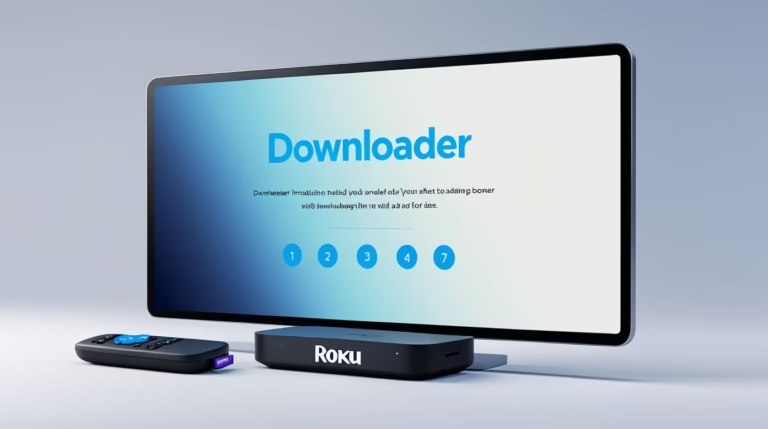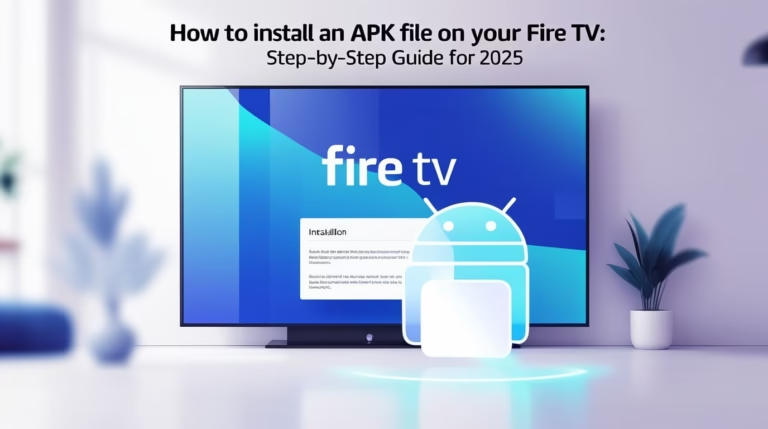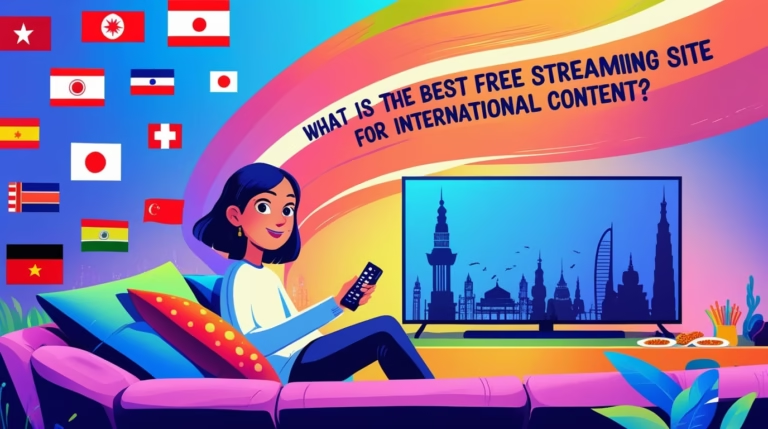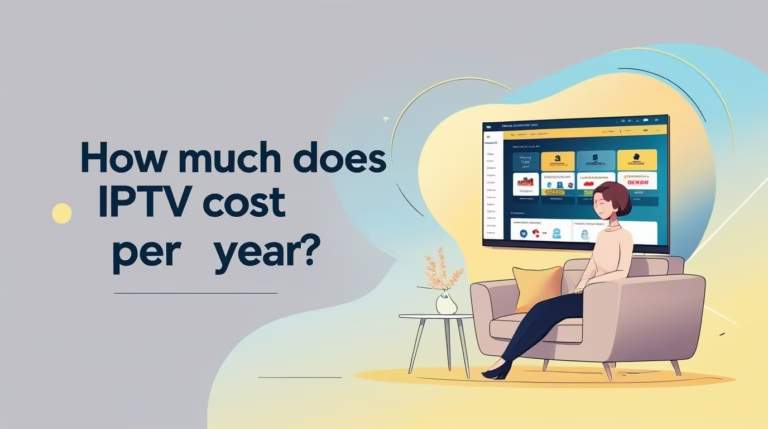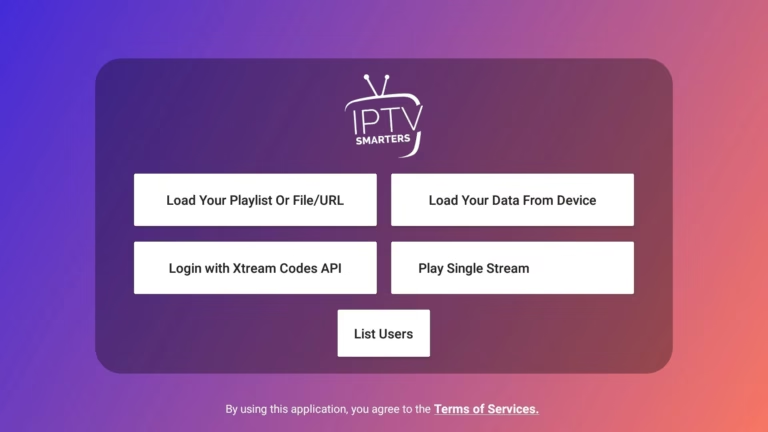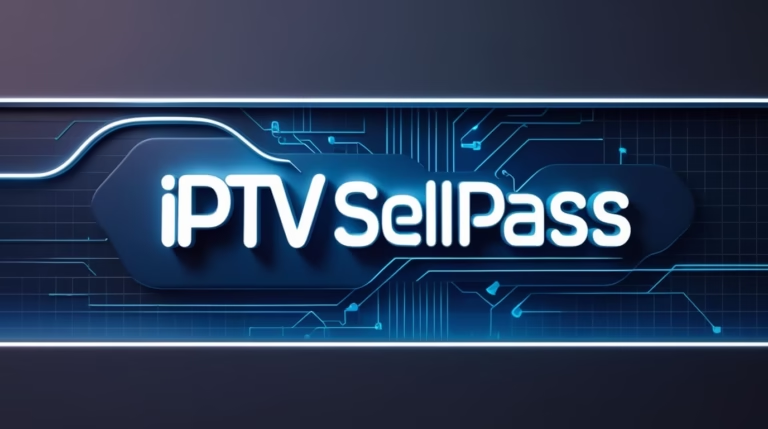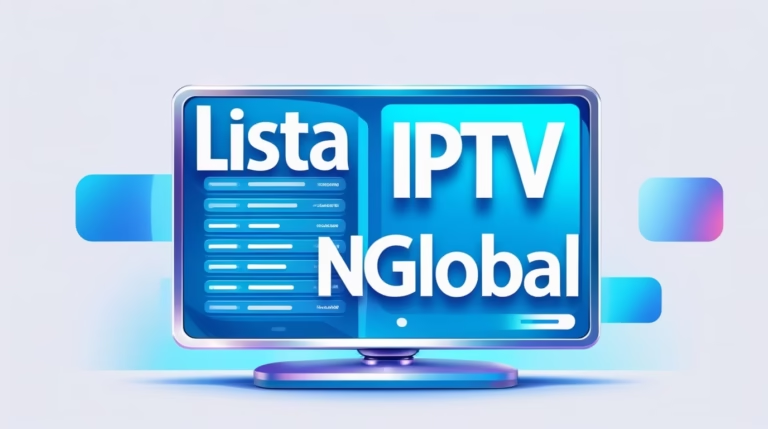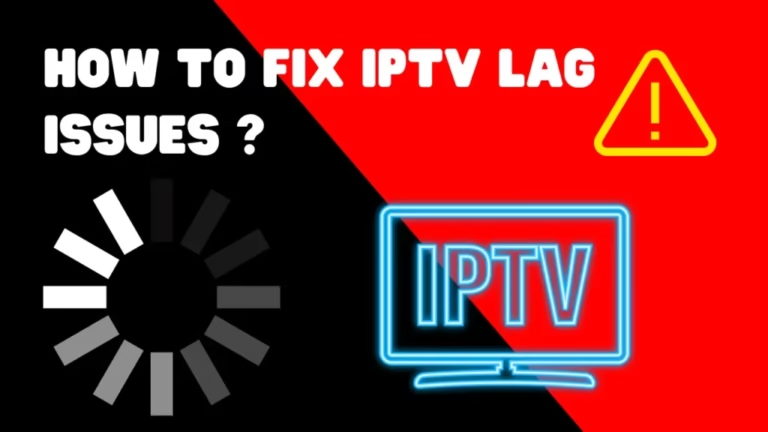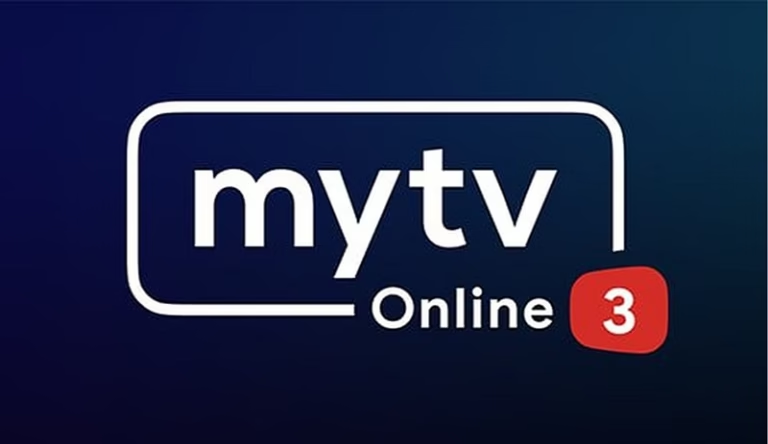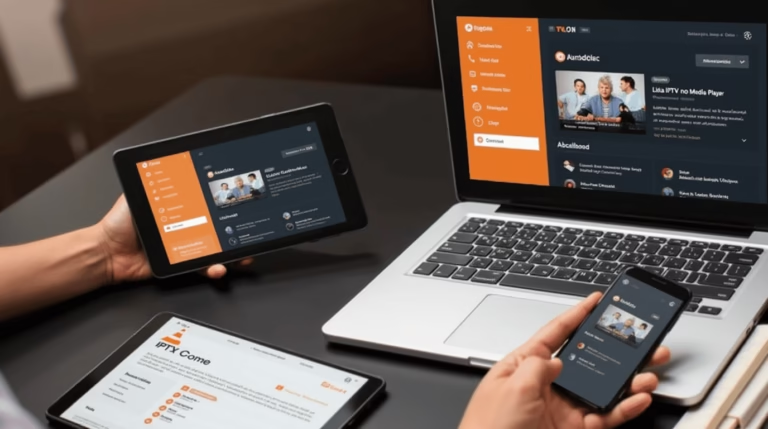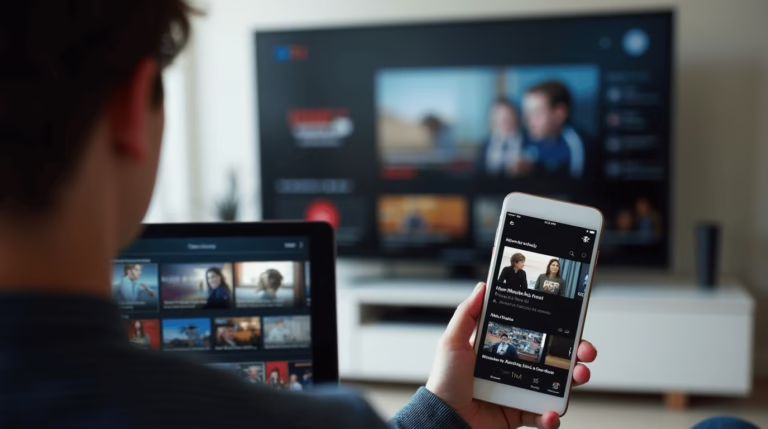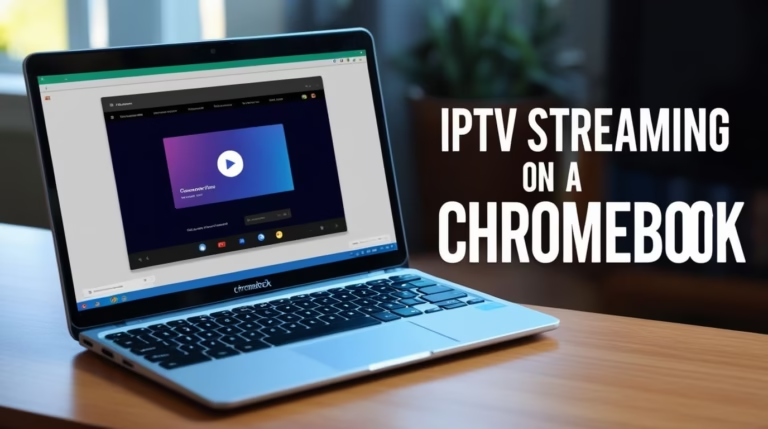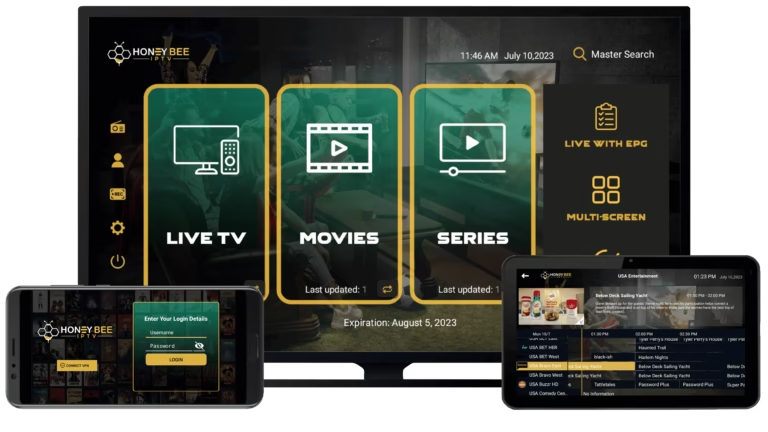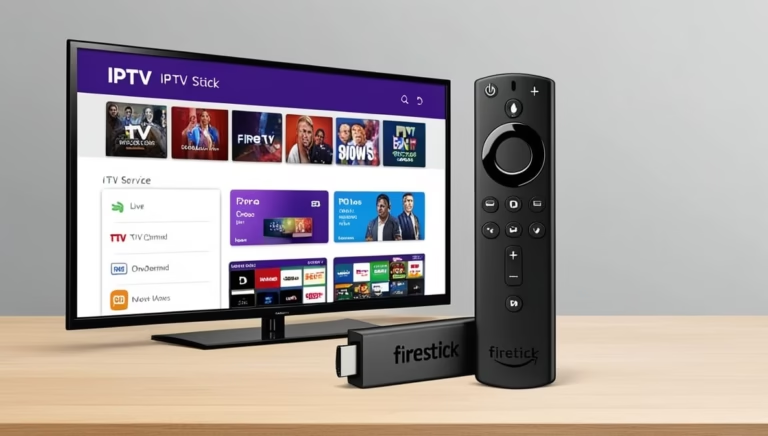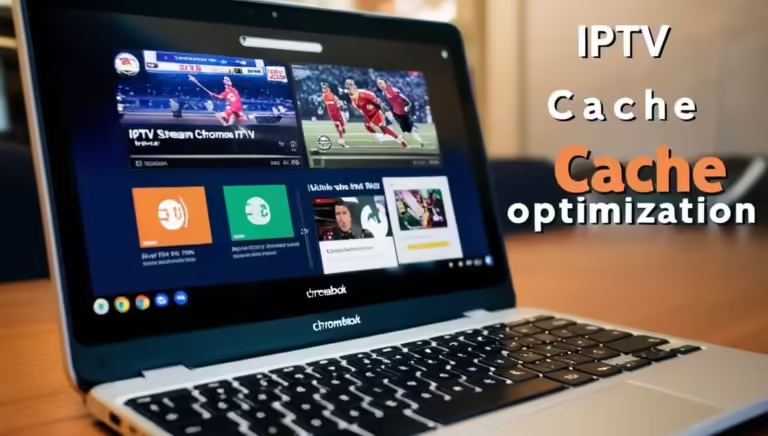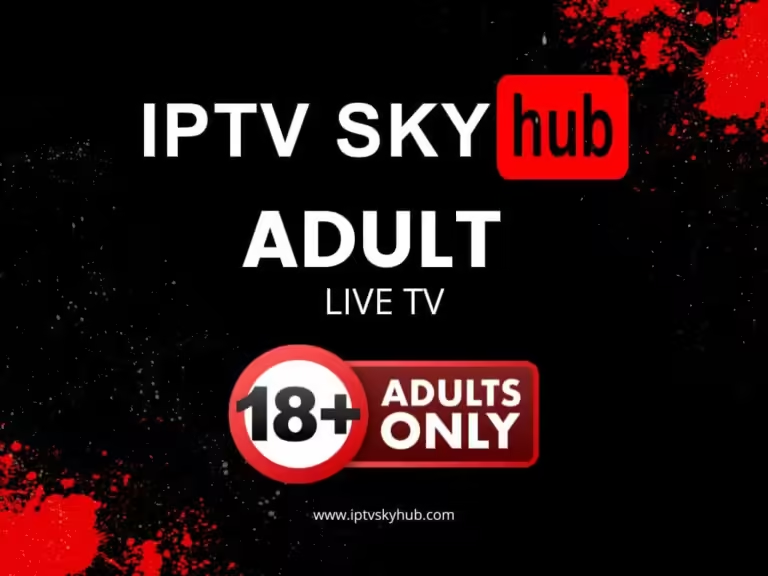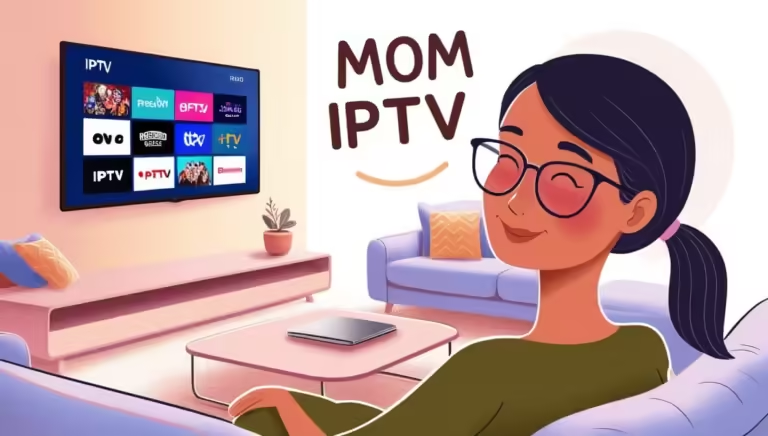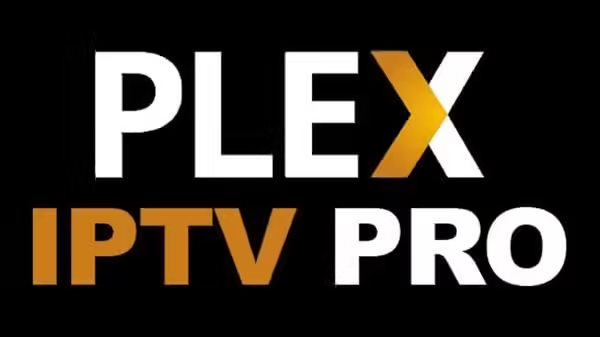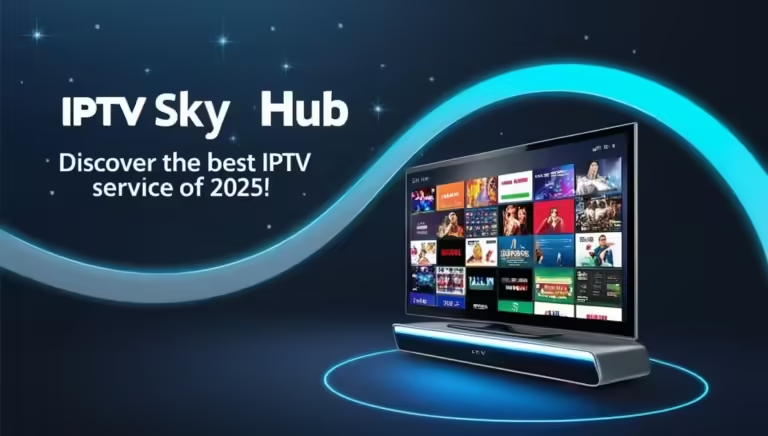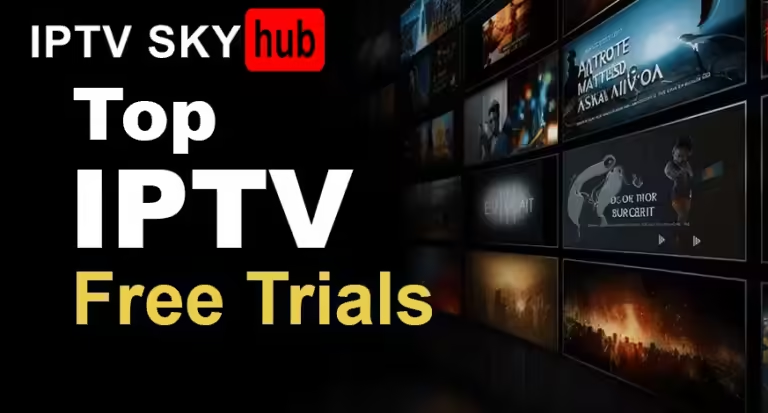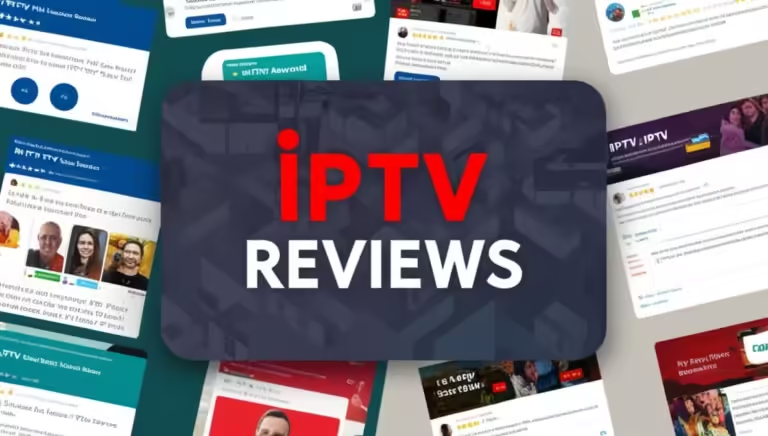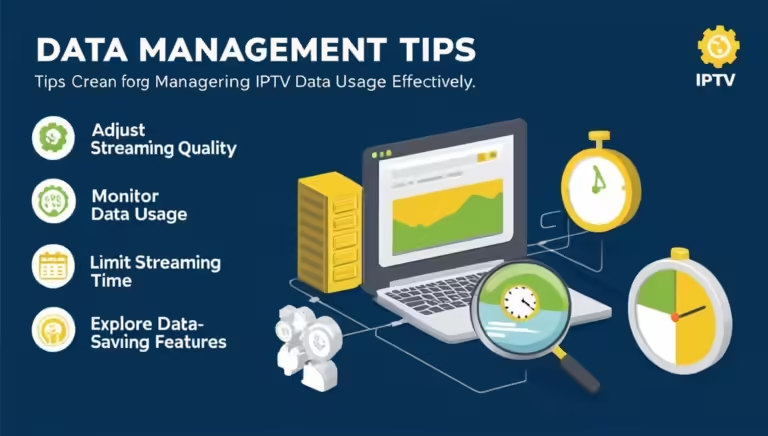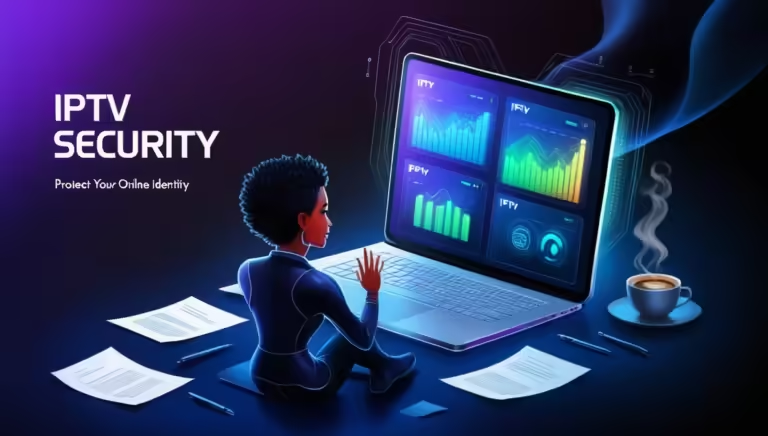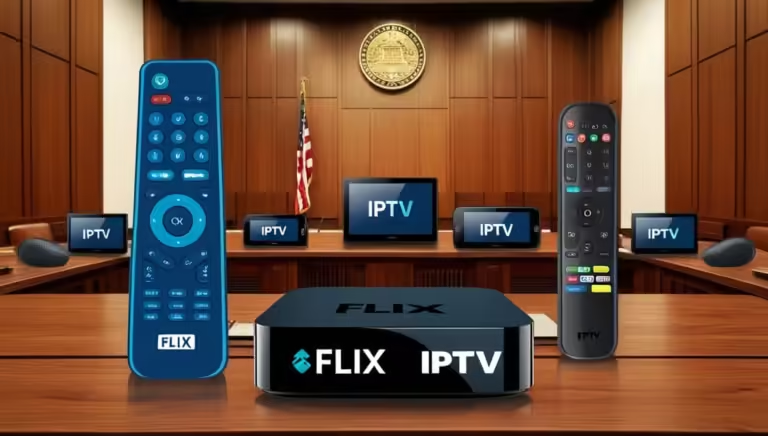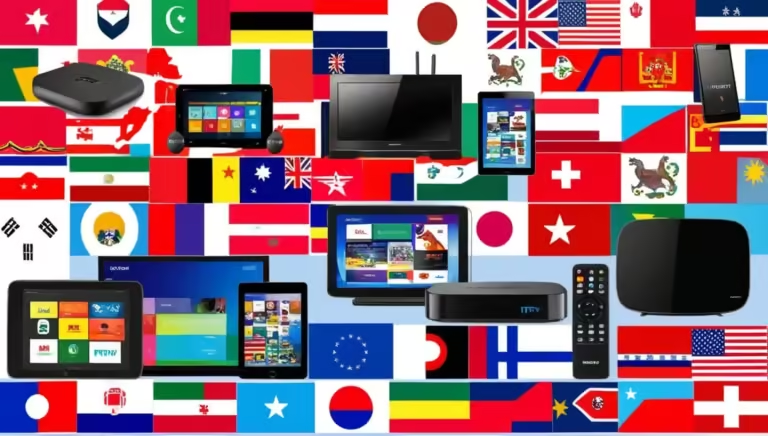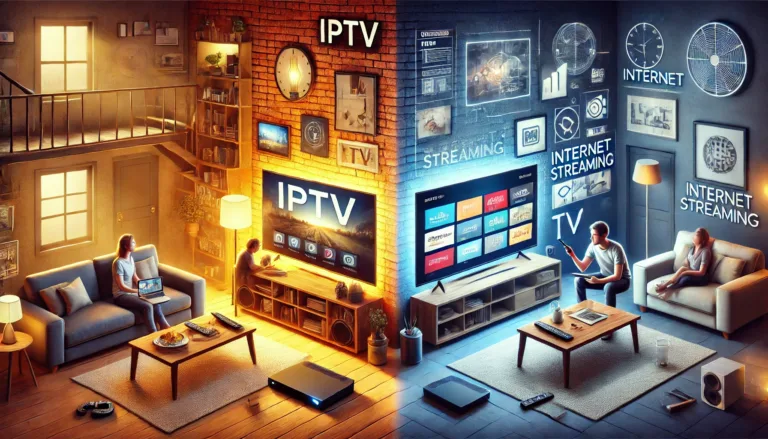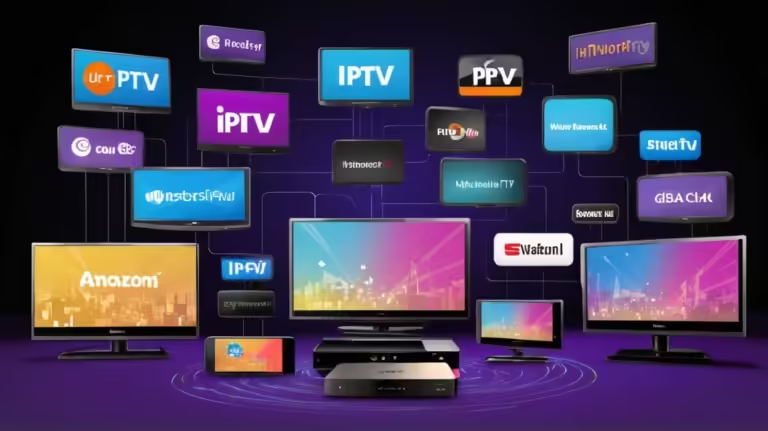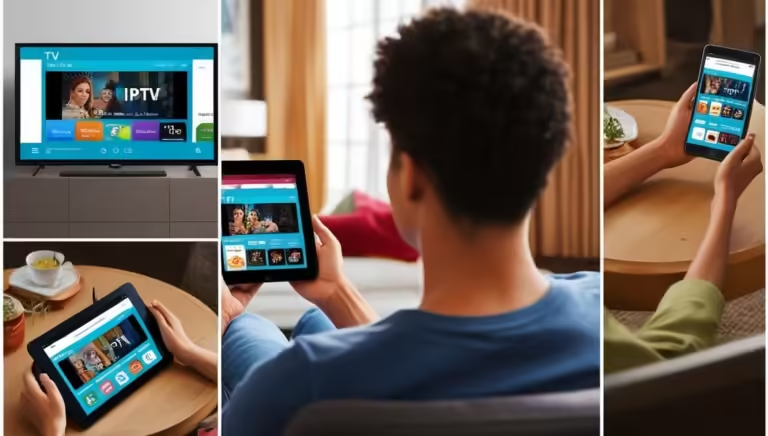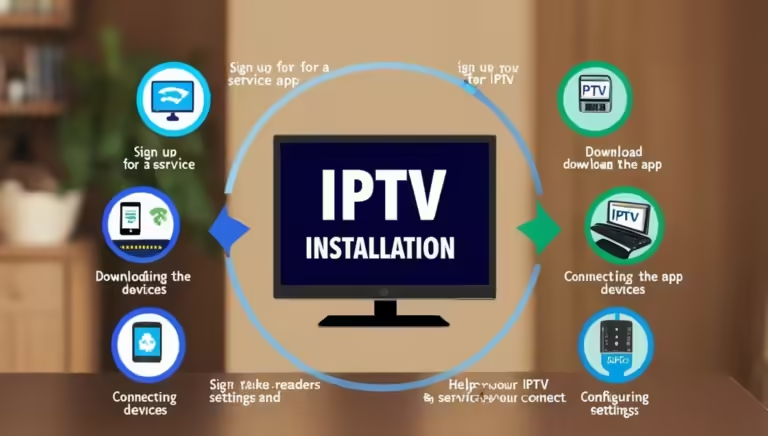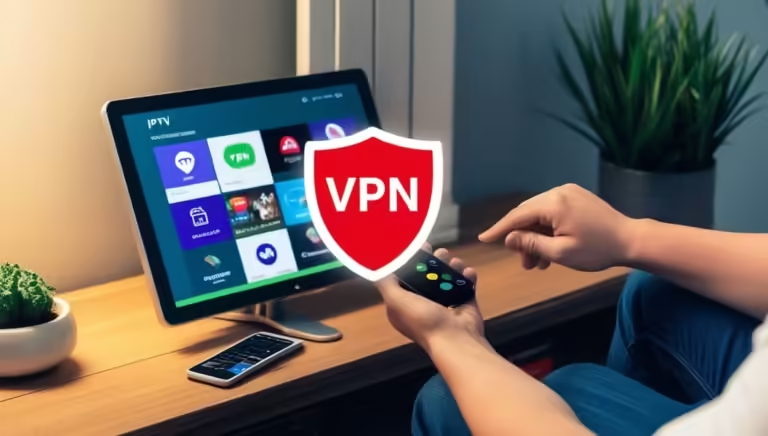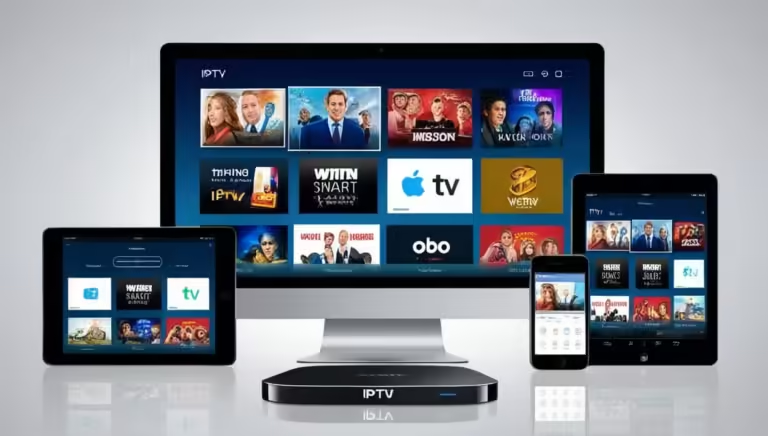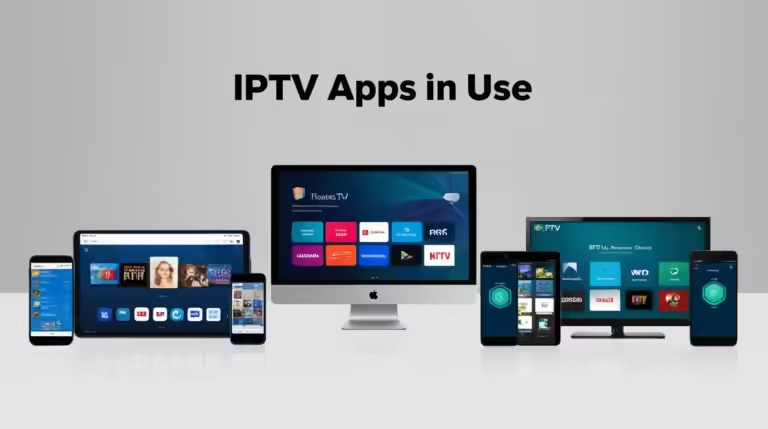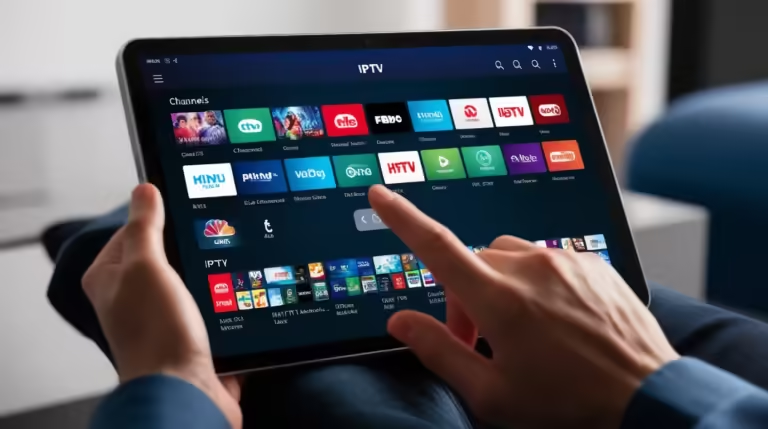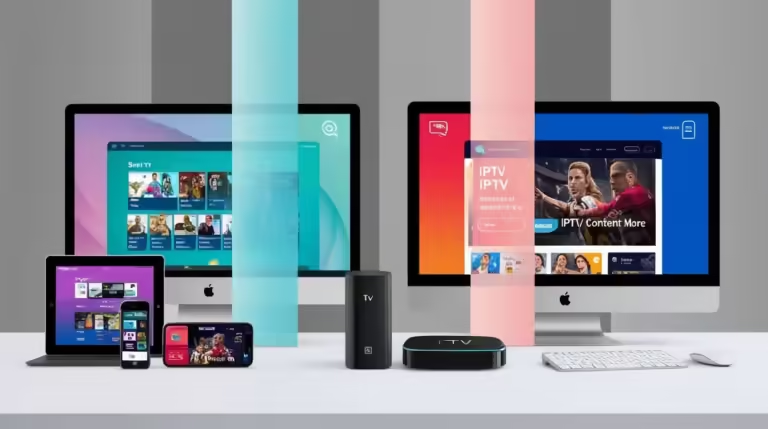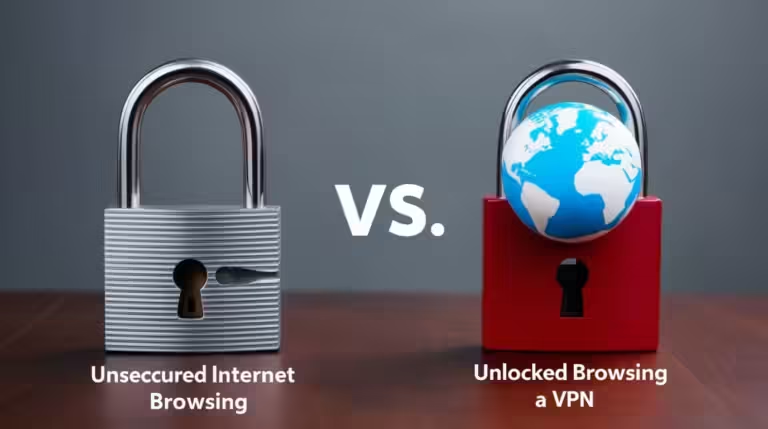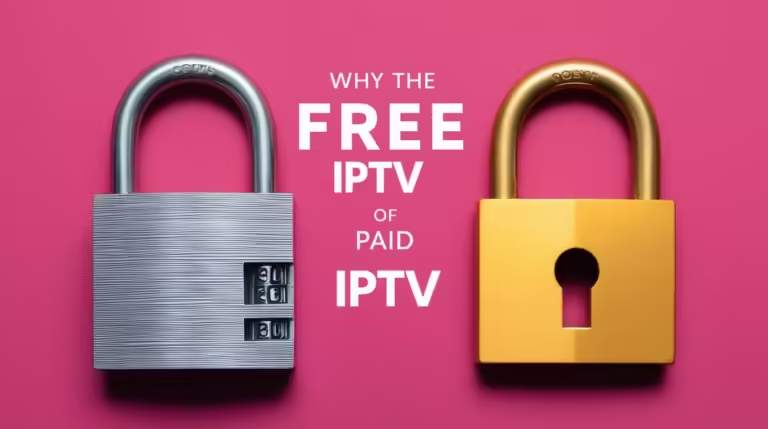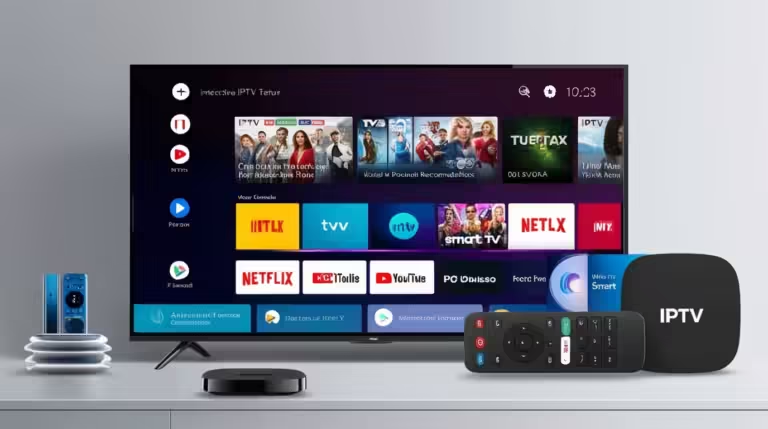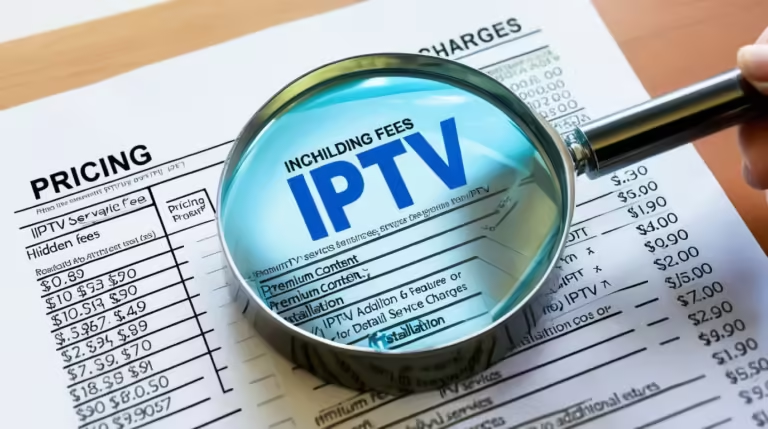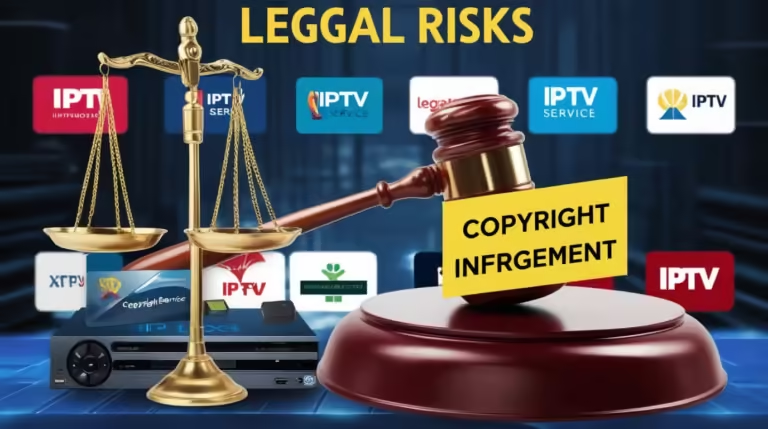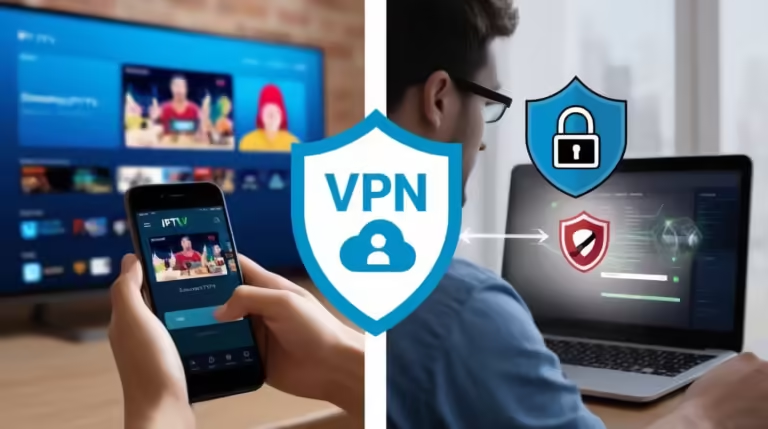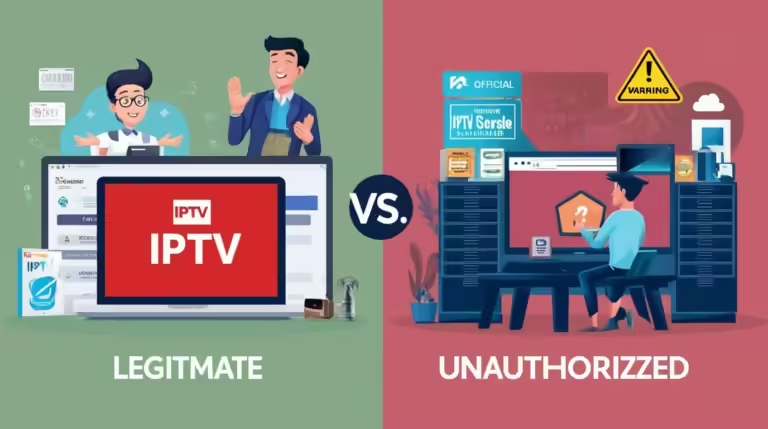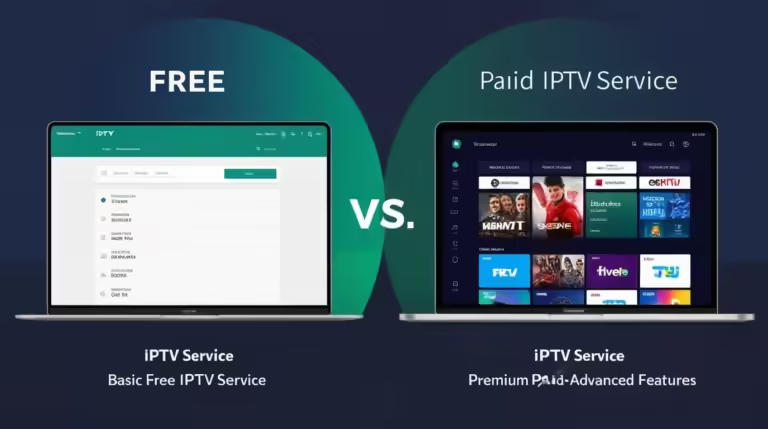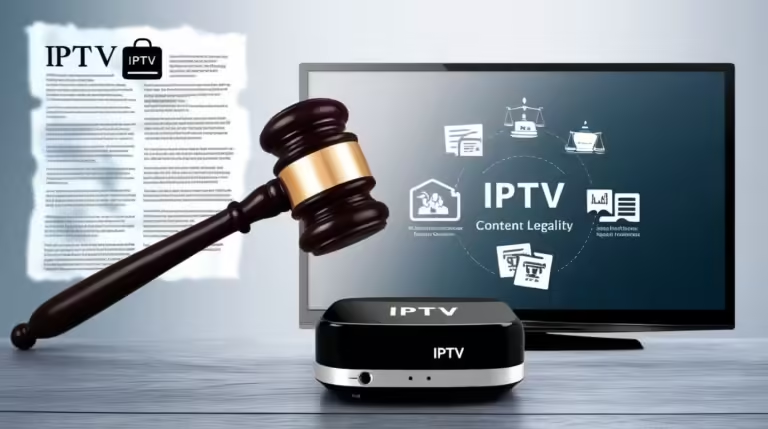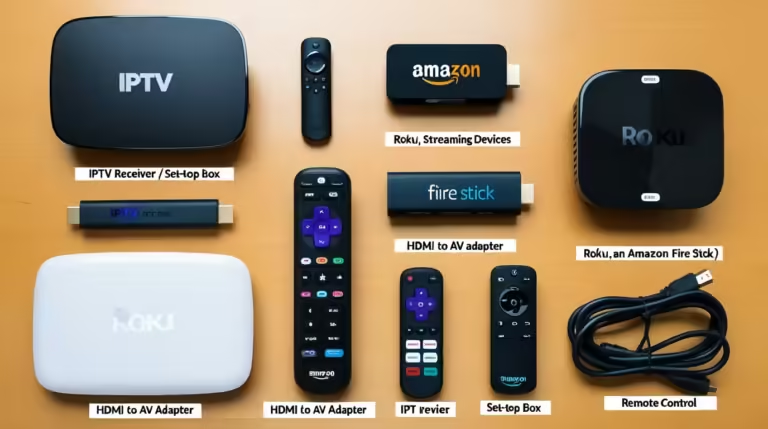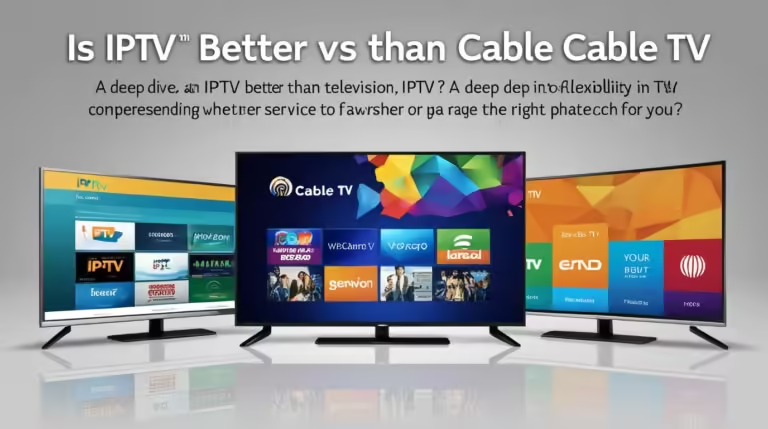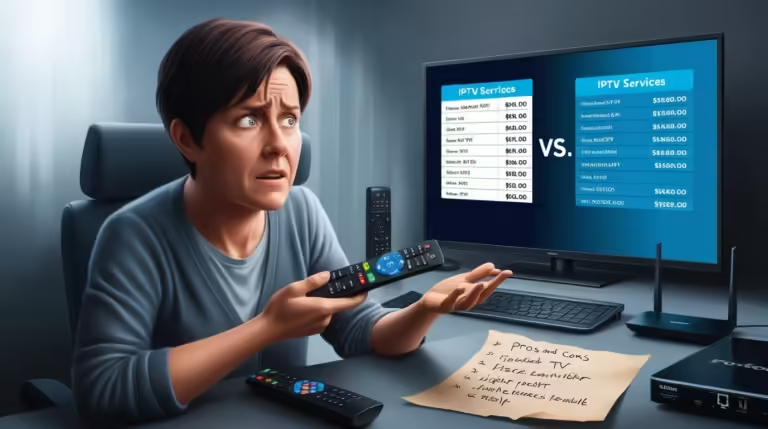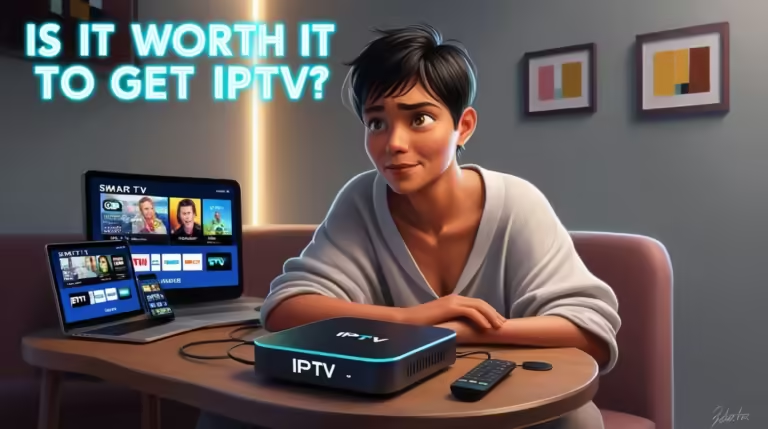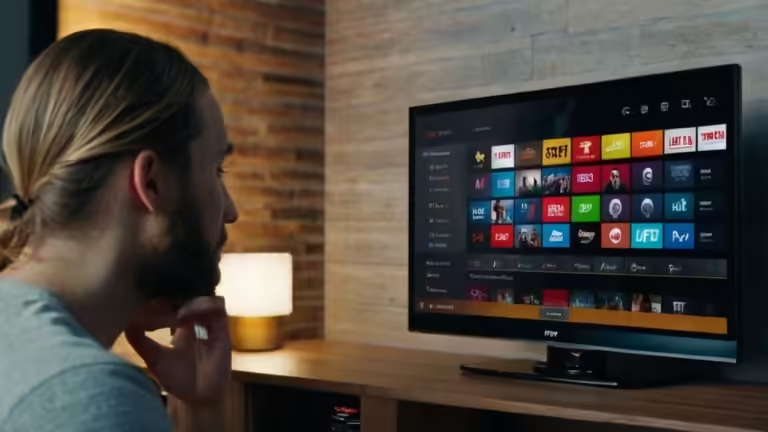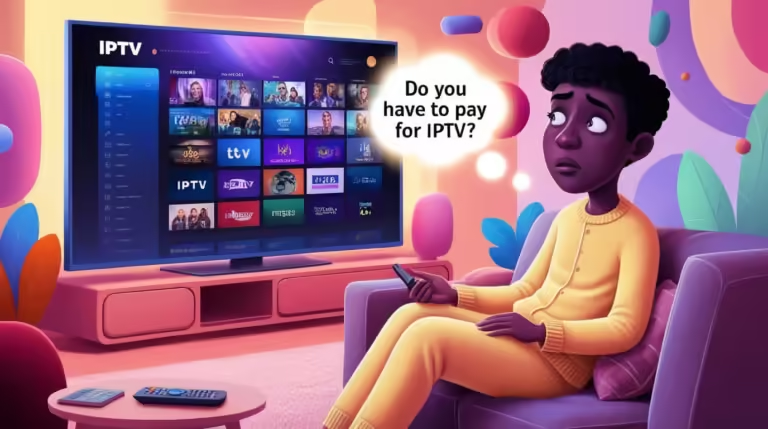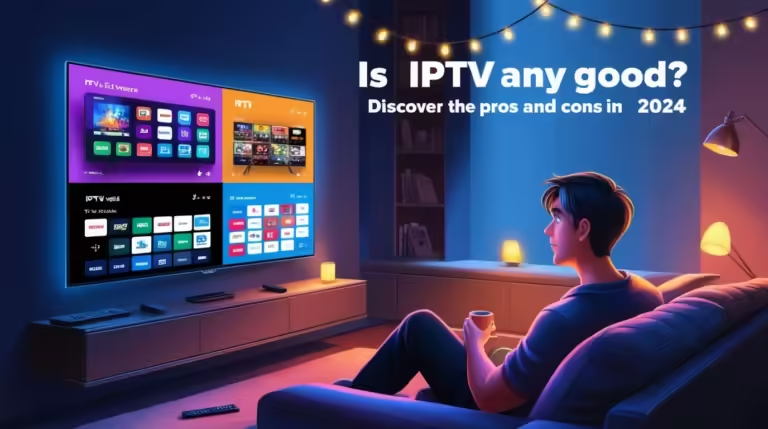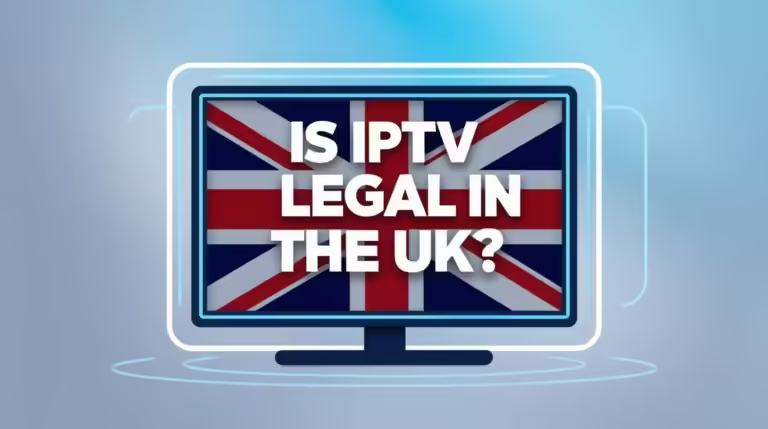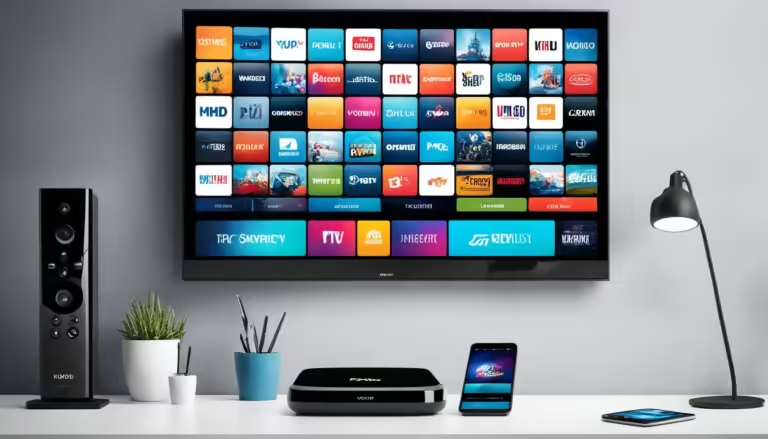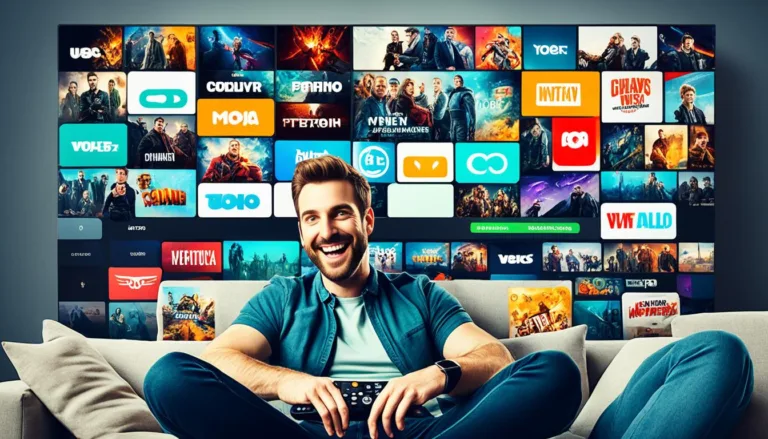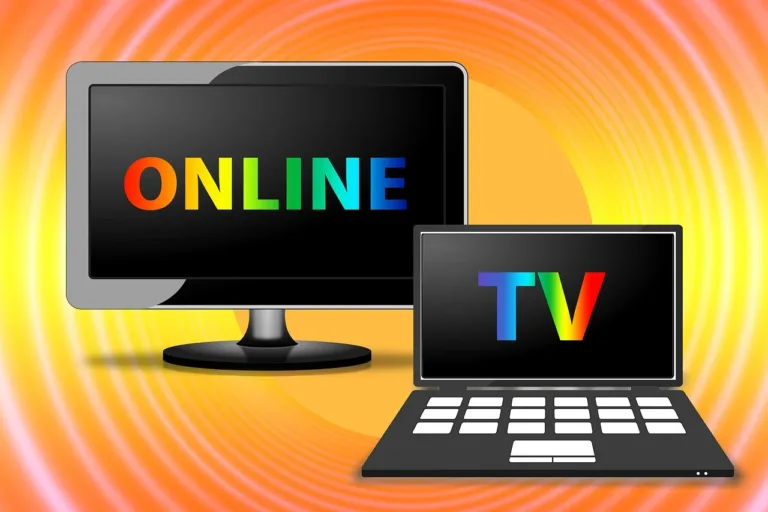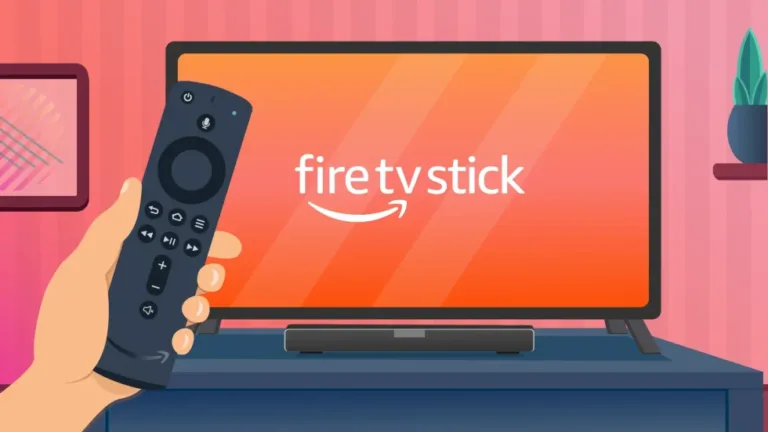Introduction
IPTV is a fast-growing industry. Experts estimate the market value will double in size (and then some!) by 2029. Then, as we speak, new providers and services are popping up alongside traditional TV providers with more IPTV offerings.
But what is IPTV? What does IPTV stand for? How does it work? And how can you use it to improve your TV-watching experience?
We’re here to walk you through the answers, starting with the basics.
What You’ll Learn
Use the table of contents below to navigate through this post:
- What IPTV is
- How IPTV works
What Is IPTV?
IPTV stands for “Internet Protocol Television.” Sounds technical, right? But don’t let the name fool you. In reality, IPTV is just a way to deliver television or video content to viewers via the internet. That’s opposed to more traditional, non-IPTV methods like cable or satellite.
If you’ve used a streaming service like Netflix or Hulu, it’s the same idea, but with TV instead of movies or syndicated shows. And even if you don’t know it, you might already be using IPTV to watch live TV, catch-up TV, or VOD (Video on Demand). More on that later.
IPTV vs. Non-IPTV: What’s the Difference?
The difference between traditional non-IPTV and IPTV is how your service provider delivers the content. In the case of non-IPTV, content is transmitted via light pulses in fiber-optic cable or radio waves from a satellite. On the other hand, IPTV service providers might deliver the same content to you through your broadband internet connection.
Why Do People Choose Internet Protocol Television?
If you can watch the same content, just through a different delivery system, why choose IPTV? The most significant reason many people gravitate toward IPTV is increased flexibility. Let’s take a closer look at 3 ways this flexibility applies.
Flexibility On When You Watch
With cable or satellite TV, broadcasters send out signals in real-time, and viewers receive them. That means you’re only able to watch what’s being broadcast live. Unless you have a recording device, you don’t get to dictate what’s on and when. You just tune in when you can and watch what’s available.
Most IPTV uses video on demand (VOD) or time-shifted media (we’ll discuss these and a third format shortly). So, with IPTV, you can still watch your favorite TV show through a live broadcast. But you can also tell your provider what you want to watch, and they’ll send it to you immediately—even after the live broadcast.
The crux? Say goodbye to a rigid TV schedule and needing to remember to program your digital video recorder (DVR) to catch what you missed.
Flexibility on How You Watch
With IPTV, you don’t have to stay glued to your TV screen as your favorite show airs live. On top of that, you don’t have to stay glued to your TV screen… at all.
That’s because IPTV apps let you watch shows on different devices. That means you can load up your go-to cooking show on your tablet, smartphone, or laptop and follow along in the kitchen. (Or wherever you choose!)
That said, even some more forward-thinking cable providers let you do this via an app. Buuut it isn’t a given.

Flexibility with The Network
The “IP” in Internet Protocol Television is the same as the one in your IP address or VoIP (voice-over IP). In an IPTV context, all that means is a service provider is using the internet protocol to communicate its television programming.
IP networks offer far more flexibility within the network, enabling two-way interactivity compared to the traditional, one-way cable connectivity or satellite broadcast network. As the end-user, this allows you to have more controls and options to interact and personalize your experience.
Do You Need a Set-Top Box for IPTV?
Yes and no. Let’s get into it.
If you have an older TV, it might not be equipped for IPTV. In this case, you may need a set-top box like Apple TV, Roku, and Amazon Fire TV. (These set-top boxes “translate” what you receive over your internet connection into a format your TV can read.)
Your computer, on the other hand, doesn’t need anything to watch IPTV. Once you sign up for a service, you can use it to live stream whatever you want in any of the IPTV formats (which we’ll discuss next).
If you can mirror your computer screen to your TV, you can watch IPTV without a set-top box.
New Smart TVs also can come with built-in IP support that can be connected to your network and set up to use IPTV services.
Hybrid IPTV
Many TV providers are now adopting a hybrid approach to IPTV to solve some of the issues with fully IP-enabled broadcasts. IPTV requires a great deal of bandwidth to transmit a ton of data at high speed.
Hybrid IPTV combines traditional TV services with IP-based ones. The biggest selling point is that it’s all delivered through a single box. This lets TV providers expand their offerings to their subscribers.
It also makes it easier to roll out new products and services without completely overhauling the set-top box. In short, it’s a good way to transition from a traditional model to a more modern one.
How Does IPTV Work?
There are 3 different IPTV formats. We’ll take a look at each one individually.
Video on Demand (VOD)
VOD streaming is exactly what it sounds like—you get video whenever you demand it. Movie-streaming sites are VOD services. There’s no time limit on what you can watch (other than what the service currently has the rights for).
You tell the service what you want to watch, they send it to you via the internet, and you watch it. Simple.
VOD examples: Netflix, Hulu, and Amazon Prime Video are popular examples of Over-The-Top (OTT) video streaming services. (There are many smaller, niche services available, too.)

Time-shifted media
If you’ve watched “catch-up TV,” you’re familiar with this type of IPTV. Many broadcast networks now allow users to watch shows they missed when convenient.
The important difference between time-shifted media and VOD is that the content being shared has a limited shelf life. You can’t go back and watch an episode of a show that you missed several years ago. Well, you could, but it would be VOD, then.
(If you think VOD and time-shifted media sound very similar, you’re right. It mostly depends on how long you can watch a show after it airs.)
Time-shifted media example: One of the most popular services that offers time-shifted media is BBC’s iPlayer.

Live IPTV
Like broadcast TV, you can also watch shows live on IPTV. Many people watch sporting events this way. That’s because it’s easy to stream a game on your phone while on the go.
Besides being broadcast over the internet instead of through traditional cable TV media, live IPTV is pretty much the same as regular TV.
Live IPTV examples: FOX Sports Go, CBS Sports HQ, Hulu Live TV, and Sling TV all offer live IPTV.
IPTV Services
While IPTV is getting bigger, it’s still a niche market. Services like Netflix and Hulu offer a lot of TV shows when they can get the rights to them. And video on demand is growing quickly.
It’s the other formats of IPTV, where there’s a significant potential for changing how people watch TV, that have yet to take off.
Catch-up TV is becoming more popular. Downloading apps for providers like FOX, CBS, and NBC let viewers see the shows that they missed. And that’s without the effort it takes to set up and record something via a set-top box like a TiVo.
NOW TV, TV Player, and Epic stream are all making headway into the live IPTV market. But they’re still not as mainstream as more popular VOD services.
Where IPTV Services Have Grown
Sports seems to be the area of TV that’s most quickly embraced IPTV. There are plenty of subscription sports packages you can watch from your computer or stream to your TV whenever you want.
We can also see this in WWE’s landmark deal with Netflix. After over 30 years, WWE’s flagship show, RAW (which currently airs on the USA Network), will move away from traditional cable broadcasting.
Netflix isn’t set to broadcast RAW until January 2025, and it’s hard to predict the outcome of its first venture into live streaming. But the deal shows the potential for adding live TV broadcasts to VOD platforms and for IPTV, in general. And it’s a safe bet that the rest of the live television world will be right behind if the deal works favorably.
Many platforms are also popping up that allow users to create their own VOD and live-streaming services. That way, people can share their skills, advice, and passions with anyone else in the world. (Check out how people use Uscreen to do this on our Examples page.)
Starting Your Own IPTV Service – IPTV Providers
If you’re interested in starting your own IPTV service, your best bet is to hook up with one of these service providers. They have the bandwidth, server capacity, and distribution channels that you need.
All you need to do is sign up, choose a plan, and start uploading your content. What sort of content? Who will watch it? How will you make money? All of those things are up to you.
There are IPTV channels for learning magic tricks, getting fit, learning to dance, watching movies, and pretty much anything else you can think of. Short story shorter: If you want to share something with the world, you can use IPTV to do it.
Of course, you’ll still need to record all that content, which can take a lot of work. But with the right content and IPTV platform, the juice is worth the squeeze. Once you’ve done that, these services will let you easily promote and distribute your TV shows, online video content, or movies.
Think of it this way: It’s like building your own version of Netflix just for you and your subscribers. A space where you can get creative, share content, and foster meaningful connections with people that resonate with your offering.
The Future of IPTV
It’s difficult to tell how many people are currently using IPTV services. With the wide variety of providers, different formats, and a huge amount of pirated content available, there are many things to keep track of.
But there’s no doubt that IPTV will be increasing in popularity.
Mordor Intelligence estimates that the market will be worth over $105 billion by 2029. That’s over double the 2024 market size estimate of around $44 billion. Meanwhile, Grand View Research estimates the IPTV market size will grow to over $67 billion by 2027.
According to Grand View:
“The growth of OTT services and the IPTV business is being fueled by the rise in digitalization and the increased use of mobile devices by people.”
Grand View also predicts that subscription-based IPTV will grow quickly over the next decade, suggesting that services like TVPlayer and Hulu Live TV will gain popularity.
Some of that growth has started already.
Major media providers plan to offer new streaming services to compete with Netflix, Amazon Prime, and other streaming heavyweights. And more traditional TV providers allow for time-shifted media via their apps. Even cable providers let subscribers watch from their phones.
Now that people can easily create their own channels to distribute their content, the amount and variety of IPTV options will be increasing quickly. Viewers won’t be limited to what broadcasters are sharing anymore. They can go to each other to see everything from fitness videos to audience-specific movies.
In short, the future of TV is IPTV.

